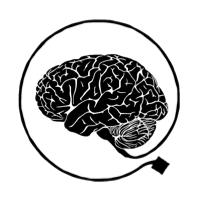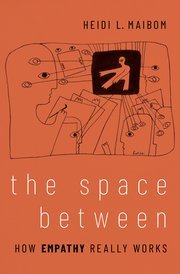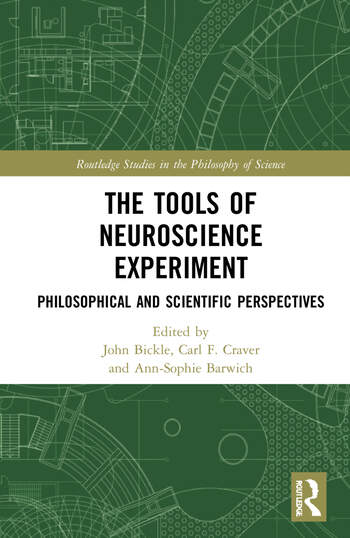The Space Between: Post 1
Heidi Maibom, University of Cincinnati and University of the Basque Country Terminology: A first-person perspective contains three sub-perspectives: an agent perspective (how we view ourselves, our own actions, and what happens to us), an observer perspective (how we view others, their actions, and what happens to them), and an interactor …



